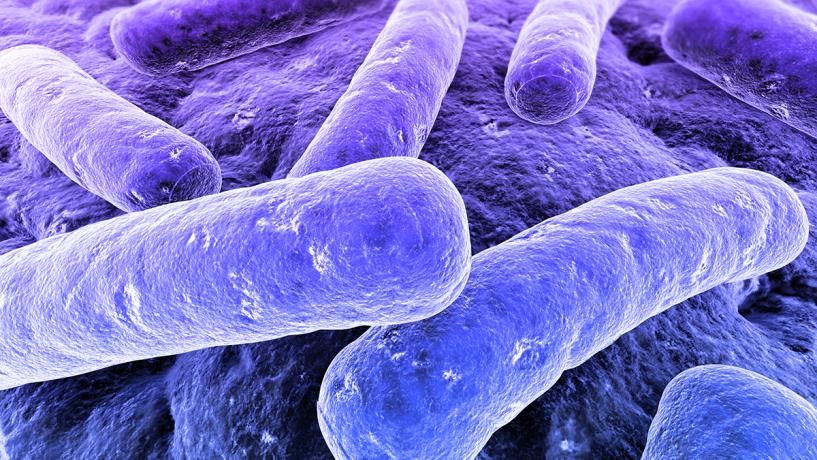
Food-borne illnesses are a serious health concern for Australians. When food is contaminated with food-borne pathogens and then consumed, a person can become very ill. They can experience uncomfortable symptoms like vomiting and diarrhoea, and in some cases, food-borne illnesses can even cause death. This is why food safety is so important, and why scientists and researchers are dedicating themselves to learning more about the pathogens that cause food-borne illness.
What is Vibrio parahaemolyticus?
Scientists in England have made an important discovery about Vibrio parahaemolyticus — a marine Vibrio bacterium that causes gastroenteritis through the consumption of raw or undercooked shellfish. The scientists discovered that certain cells in Vibrio parahaemolyticus become dormant in poor growth conditions (e.g. cold temperatures), remain in a state of hibernation for long periods of time and then resuscitate when growth conditions are favourable again. Usually, most of these bacteria die in poor growth conditions, but these sub-populations go dormant instead and revive after hibernation.
What the research reveals
In their experiment, the scientists restricted nutrients to Vibrio parahaemolyticus along with lowering the temperatures of the water. The goal was to create an environment that was similar to periods of poor growth conditions experienced in their natural habitat.
The results of the experiment revealed that some of the dormant cells in Vibrio parahaemolyticus can stay in a state of hibernation for long periods and be revived more than two weeks after being formed. Some cells were able to be revived for up to 50 days after hibernation. These cells are able to revive as soon as growth conditions improve and they are able to cause food-borne illness despite having just been dormant.
This discovery also revealed that there is an enzyme that plays a role in dormancy. The lactate dehydrogenase enzyme breaks down lactic acid into pyruvate. This means that this lactate dehydrogenase enzyme can help keep cells dormant which will prove useful in the prevention of cell resuscitation.
Dormant Vibrio poses food safety concerns
The results of the experiment bring about concerns with regards to food safety in the seafood industry. Some of the biggest concerns are around the fact that dormant Vibrio parahaemolyticus cells are much harder to detect. When they go dormant, they shape, reduce their respiration activities and don’t grown like health bacteria on agar plates. This means that contaminated shellfish can go undetected by the methods used to ensure food safety. There is also the concern that true bacterial load in a sample may be underestimated since dormant cells are not able to be detected by routine microbiological screening tests.
With this concern in mind, the scientists will continue to conduct research on this topic and investigate more into the role of the lactate dehydrogenase enzyme in keeping cells dormant.





